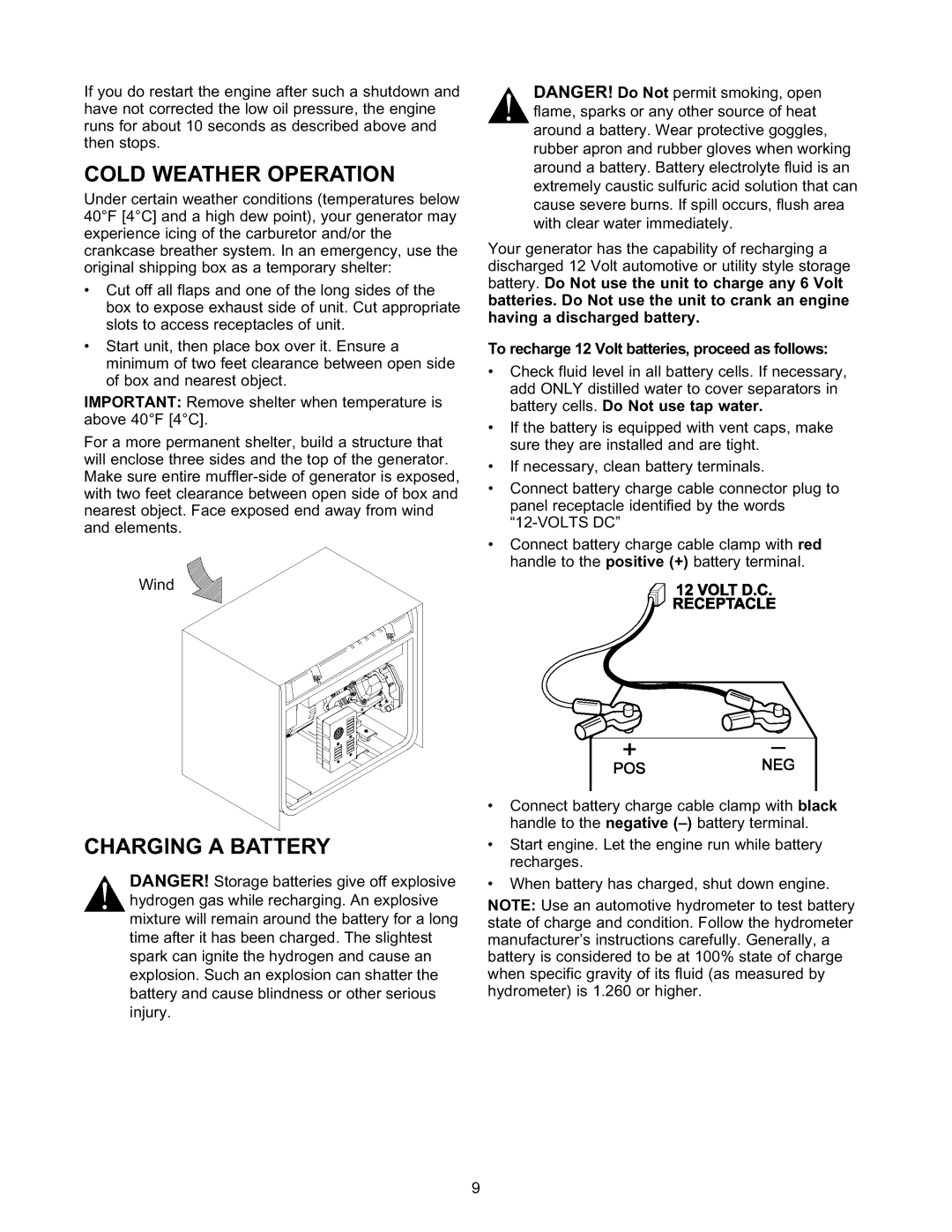580.327141 specifications
The Craftsman 580.327141 is a powerful, versatile lawn mower designed for homeowners who seek efficiency and ease of use in maintaining a pristine lawn. With a combination of advanced features and user-friendly technologies, the 580.327141 is built to perform admirably across various yard sizes and conditions.One of the standout features is its robust engine, which delivers reliable power for effective mowing. The 580.327141 is equipped with a user-friendly starting mechanism, making it easy for users to get the mower running without the hassle often associated with traditional pull-start engines. This convenience enhances the overall user experience, particularly for those who may not have prior experience with lawn maintenance equipment.
The cutting deck of the Craftsman 580.327141 boasts a durable construction, providing a reliable cutting surface that can handle tall grass and uneven terrain. Its adjustable cutting heights allow users to customize the length of their grass according to personal preference and seasonal needs, ensuring a well-manicured appearance throughout the year.
In addition to these fundamental features, the Craftsman 580.327141 incorporates modern technology for optimal performance. The mower's design emphasizes maneuverability, with a lightweight frame that makes it easier to navigate around obstacles such as trees, flower beds, and garden decorations. This agility is further enhanced by its smooth-rolling wheels, which offer great traction on various surfaces.
Another notable characteristic is its grass collection system, designed to efficiently gather clippings and debris for a cleaner mowing experience. This feature not only saves time by reducing the need for additional cleanup but also promotes a healthier lawn by allowing for easy composting of clippings.
Users will also appreciate the ergonomic handle design, which minimizes strain during prolonged mowing sessions. Comfort grips and adjustable height settings ensure that different users can find their perfect comfortable stance, making lawn care less of a chore.
In conclusion, the Craftsman 580.327141 stands out as an excellent lawn mower choice for homeowners seeking a blend of power, convenience, and advanced technology. With its reliable engine, adjustable cutting heights, maneuverable design, and efficient grass collection system, it provides a superior mowing experience that caters to a wide range of lawn care needs.

